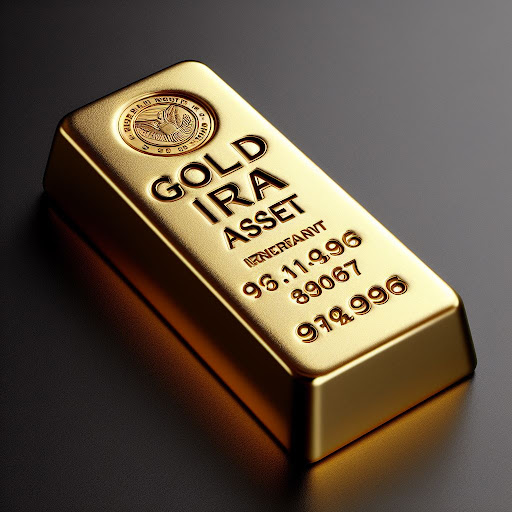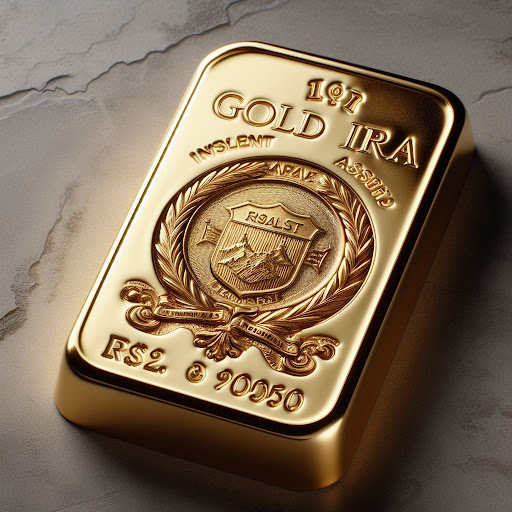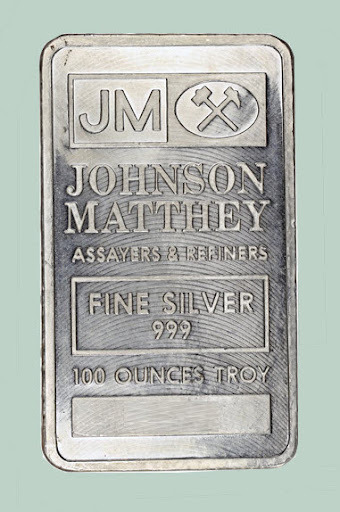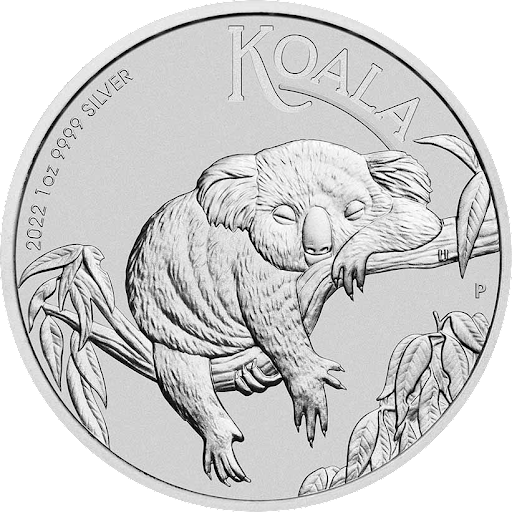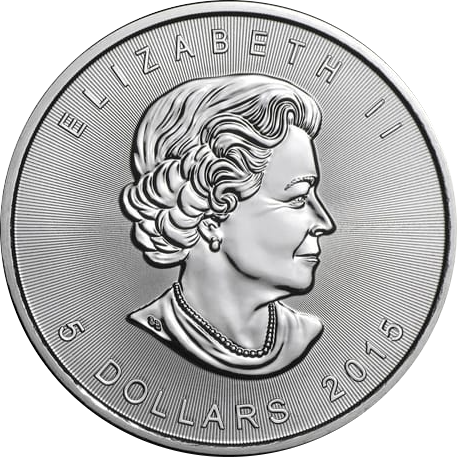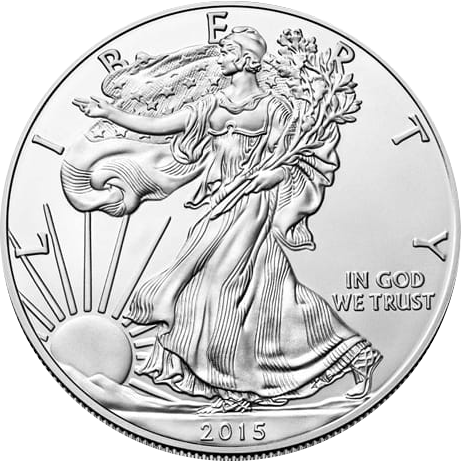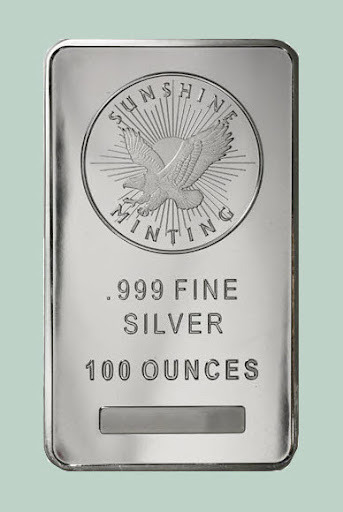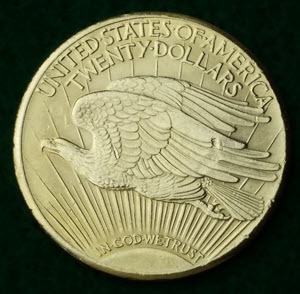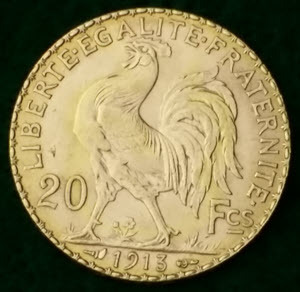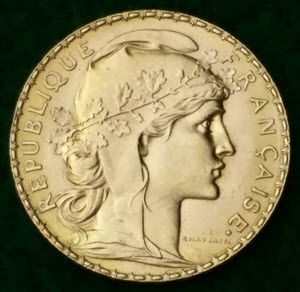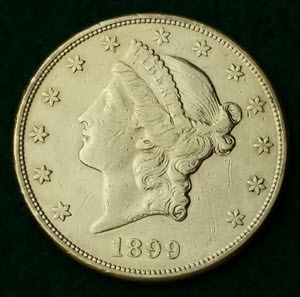Gold IRA plan
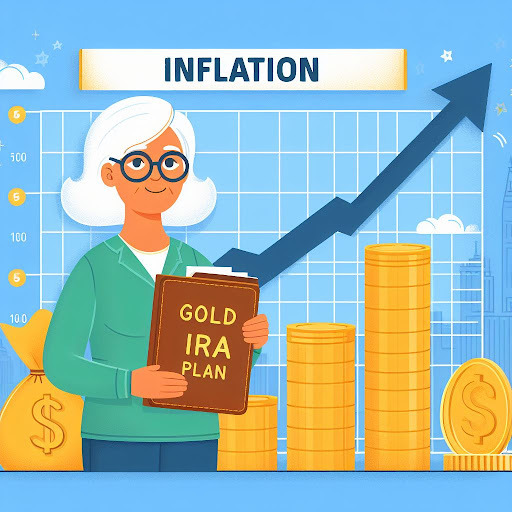
So, you’ve decided to invest in a Gold IRA. That’s a great decision when you want to diversify your Portfolio or hedge against Inflation, economic uncertainty, and market volatility.

In this short article we’ll look at a simple four step Gold IRA plan for investing in Precious metals using your tax-advantaged retirement savings. The plan will show you how to find a reputable Gold IRA company and, more importantly, how to avoid the common scams that some Gold IRA companies employ.
If you’d like, you can also contact Augusta Precious Metals and obtain their Gold IRA Company Integrity Checklist. This informative guide is another resource you can use as you investigate different Gold IRA companies.
Four step Gold IRA plan
Doing something for the first time can be intimidating, and making an Investment in Precious metals is no different. This four step Gold IRA plan will give you the knowledge you need to successfully achieve your Investment objectives.

- 1Determine how much of your investable funds to allocate towards Gold
- 2Choose a reputable Gold IRA company
- 3Fund the Gold IRA account
- 4Pick the products to hold in the account
Now that you know the four steps, let’s dig in and discover the details.
Step 1. How much Gold should you own?

Most of the advice you will find on the internet suggests that you allocate somewhere between 1% and 10% of your investable funds towards Gold.
Hardcore Gold bugs like Peter Schiff suggest that 10% to 20% is appropriate and there are a few individuals who recommend an allocation of 35% given the current economic conditions (Inflation, over-extended Stock markets, bank failures, rising interest rates, etc.).
Computer models typically use a Gold allocation of 3% to 10% and show that this allocation will increase your Portfolio’s cumulative return while also reducing overall volatility and the maximum drawdown you will experience.
Here at Satori Traders, we prefer to be conservative so we lean towards the 3% to 10% range even though our personal allocation to Gold is far higher. With a 3% to 10% allocation you can gain the upside benefits of Gold without jeopardizing your overall retirement Portfolio in the unlikely event that Gold declines significantly in value.
The bottom line is that only you can determine the allocation that is appropriate for your unique financial situation and tolerance for risk. However, based on the preponderance of available advice, that allocation is likely to be in the 3% to 10% range.
Step 2. How to find a reputable Gold IRA company
Finding a reputable Gold IRA company will take a little bit of work but the process is fairly simple:

- 1Build a list of potential Gold IRA companies to invest with
- 2Use the process of elimination to trim the list down to just a few companies
- 3Contact the candidate companies
- 4Pick the company you are most comfortable with
Let’s spend a little time expanding these steps since finding the right Gold IRA company is important.
Build a list
If you search the web for “best Gold IRA company” and similar phrases, you will find a handful of companies that are consistently recommended. Among them are:

- Augusta Precious Metals
- Goldco
- Birch Gold Group
This short list gives you a good starting point. If you spend some time searching the web you will be able to expand this list and add the companies that catch your attention.
Process of elimination
Now that you have some candidate Gold IRA companies it is time to take out the red pen and start crossing a few of them off the list.
Minimum requirements
At Satori Traders we use these criteria as our minimum requirements for a Gold IRA company:

- 10 or more years in business
- AAA rating with the BBB
- Responsive to customer reviews and customer complaints on BBB
You can find all of this information on the BBB website by searching on the company’s name.
When you look at customer reviews and complaints on BBB, pay attention to how the Gold IRA company responds. Don’t eliminate a company just because someone files a complaint. What’s important is that the company makes an earnest attempt to resolve the complaint in a timely manner.
For a company to maintain its AAA rating with the BBB, it must respond to customer complaints and make a legitimate attempt to resolve the issue. That is why we recommend investing only with companies that have a AAA rating.
If you spend enough time reading customer complaints on BBB you will notice that the same complaints show up repeatedly. In Step 4 of this Gold IRA plan we will show you how to avoid making the mistakes that lead to these common complaints.
Minimum Investment amount
You will want to filter your list based on the amount of money you intend to invest. All of the Gold IRA companies have a minimum Investment amount so you don’t need to spend time researching any companies with a minimum that exceeds your intended allocation to Gold.
This table shows the minimum Investment for each of the companies listed above.
|
Company |
Minimum Investment |
Contact |
|---|---|---|
|
Augusta Precious Metals |
$50,000 |
|
|
Goldco |
$25,000 |
|
|
Birch Gold Group |
$10,000 |
|
Customer education
The next criteria you can use for filtering your list is the emphasis that the Gold IRA company places on customer education. The easiest way to judge this factor is by visiting the company’s website and looking at the resources they offer.
At a minimum you should find information providing the basics of investing in a Gold IRA. Look for a Gold IRA guide or a free investor kit. Some companies only provide this material after you complete and submit their contact form.
Ideally, in addition to basic information about investing in a Gold IRA you will find a regularly updated library of videos and articles addressing current economic and market matters.
Augusta Precious Metals sets the Gold Standard for consumer education. On their website they provide an extensive video library covering both economic basics and current economic events. The company also addresses current market news with timely and in-depth articles.
In addition to these resources, Augusta provides two must-watch videos (“10 Gold IRA Dealer Lies”, and “15 Bad Reasons to Buy Gold and Silver”) along with a calculator that lets you explore how Inflation could affect your retirement lifestyle.
Checkout the educational resources at Augusta Precious Metals and then compare them to any other Gold IRA company you are considering. You can also refer to Augusta’s Gold IRA Company Integrity Checklist as you implement this four-step Gold IRA plan.
Contact candidate companies
This is where the rubber meets the road, as the old saying goes.
When you speak to a Gold IRA company representative, this is what you are looking for:

- Are they professional and courteous?
- Are they trying to pressure you into making a decision?
- Do they answer your questions in a straightforward and understandable way?
Let the representative know that you are comparing several companies and ask them how they are different from their peers.
You may get the brush-off at this point if the representative thinks you are ‘just shopping around.’ If that occurs, then cross the company off your list. A reputable company will be proud of itself and the representative will be happy to tell you why they are the best.
Ask the representative whether they recommend investing in Bullion bars and Coins, or special edition Coins. Pay particular attention to how they answer this question. As we will see in Step 4 of this Gold IRA plan, selling special edition Coins is the most common way that Gold IRA companies take advantage of unknowledgeable investors.
When you were looking at BBB reviews and complaints you may have come up with some questions or concerns. Now is the time to ask your questions and give the representative an opportunity to address your concerns.
After you ask the representative your questions, let them know that you need some time to digest the information before making any decisions. If they become pushy or use fear tactics, cross the company off your list.
Pick the best company for you
At this point you will have developed a good sense for which company is best for you. It is also likely that you will feel more knowledgeable about Gold IRAs and the companies that provide them.
If it isn’t obvious which company you want to invest with, these tips may be helpful:

- Which company has the fewest customer complaints on BBB? (Augusta Precious Metals has zero complaints)
- Compare the companies that are still on your candidate list. Which company is the best based on the factors that matter the most to you?
- Think about the company representatives and how they treated you. Which of them would you be most comfortable doing business with?
You may realize that you still have some questions or concerns that you’d like to address before making a decision. There is certainly nothing wrong with that – that is why you are doing your due diligence.
And, after all, we are talking about your hard-earned money. You need to be comfortable with the decision you make.
Feel free to contact the company representatives again and let them respond to your remaining questions and concerns.
Based on the BBB reviews for Augusta Precious Metals, the company will spend as much time as needed to educate you and help you determine if a Gold IRA is appropriate for your unique circumstances and tolerance for risk.
Ideally, all of the Gold IRA companies will treat you in this manner. If they don’t, cross them off your list. There are lots of Gold IRA companies that you can invest with – don’t hesitate to use your red pen.
If you haven’t contacted Augusta Precious Metals already, reach out to them and obtain a copy of their Gold IRA Company Integrity Checklist. Even if you choose another Gold IRA company to invest with, the Augusta checklist will help you make an informed decision.
Step 3. How to fund your Gold IRA account

You have three choices for funding your Gold IRA account:
- 1Rollover from an existing Retirement account
- 2Transfer from an existing Retirement account
- 3Deposit new funds
Gold IRA rollover
In a Gold IRA rollover, you move funds from an existing Retirement account into your new Gold IRA account. The funds are wired from your current account Custodian to the Gold IRA Custodian so the funding process is quick and there is no risk of triggering any IRS rules that could result in taxes or penalties.
There is no limit on the amount you can roll from one tax-advantaged account to another, but the IRS only allows one rollover per tax year.
Transfer
There is only one difference between a Gold IRA rollover and a transfer.
With a transfer you withdraw funds from your existing Retirement account, take possession of those funds, and then deposit that money into the Gold IRA account. In other words, you act as a middleman in the funding process.
The IRS allows you 60 days to complete the transfer process without assessing any taxes or penalties. After 60 days, any funds that have not been deposited into a tax-advantaged account will be treated as a taxable distribution and the IRS will assess applicable income taxes and early-withdrawal penalties.
The only justification for choosing a transfer over a rollover is if you want to take some money out of your Retirement account (i.e., a taxable distribution) and use it for a purpose other than investing. Unless this is your objective, stick with the Gold IRA rollover and avoid triggering the 60-day IRS rule.
New funds
In this option you would take money out of your current earnings and deposit it in your Gold IRA account. When preparing your tax return for the current year, you would specify this money as an IRA contribution in your Form 1040 Adjustments to Income.
While it is possible to open a Gold IRA account by depositing new funds, you will run into a challenge finding a Gold IRA company whose minimum Investment level is at or below the maximum IRA contribution allowed by the IRS.
Most Gold IRA companies have a minimum Investment level of $10,000 or more while the maximum IRS-allowed IRA contribution is only $7,000 for 2024 ($8,000 if you are age 50 or older).
If you choose this option, do your due diligence on Fidelity Investments and determine if you are comfortable working the company. Fidelity offers Gold IRA accounts and their minimum Investment is only $2,500.
Step 4. Which products should you hold in your Gold IRA account?

After you fund your Gold IRA account you will be able to choose the specific products you want to invest in. There are several choices you will need to make.
Gold, Silver, Platinum, or Palladium?
The first choice you will make is to decide which of the Precious metals you will invest in: Gold, Silver, Platinum, or Palladium. You can hold any of these metals, or a combination of them, in your IRA.

Assuming that your primary objective is to diversify and protect your retirement Portfolio, put most of your funds into Gold. The other Precious metals are more speculative in nature and they don’t have Gold’s long track record as a store of value.
At Satori Traders we love Silver and believe it will outperform Gold on a percentage basis. With that said, we also acknowledge that Silver is far more volatile than Gold, which means it is a riskier Investment than Gold.
We encourage all investors to own some Silver but not to get carried away investing in the white metal. As a general rule, don’t put more than 40% of your funds into Silver.
While Platinum and Palladium are certainly Precious metals, they just don’t compare to Gold and Silver as viable Investments. Without going into the details of why, we recommend that you stay away from these white metals.
Bars vs Coins
Whether you are looking at Gold or Silver, you will have multiple options to choose from. The choice between bars and Coins is really just personal preference.
Keep in mind that we are talking about Precious metals that are going to be stored in your name in a Custodian’s vault. Whether you opt for bars or Coins, remember that you aren’t picking art objects to show your family and friends. Don’t get hung up on selecting products just because they are pretty.
Most metal for the least money
Here is the most important guideline to remember when you are investing in Precious metals:
“Always buy the most metal for the least amount of money”
If a one-ounce bar of Gold costs less than a one-ounce Coin, buy the bar.
If a one-ounce Gold Krugerrand costs less than a one-ounce Gold Eagle, buy the Krugerrand.
Keep in mind that Gold is Gold. It doesn’t matter whether the Gold is a proof Coin in a fancy box or a beat-up Krugerrand from the scratch-and-dent bin. Both of them have the same value, regardless of what any salesman tries to tell you.
Proof Coins and special edition Coins
Some unscrupulous Gold IRA companies will try to steer you towards investing in proof Coins and special edition Coins.
They will tell you that there is greater investor demand for these Coins so they will increase more in price. As part of this sales pitch, they will also try to convince you that these fancy Coins will be easier to sell when the time comes.
Recognize that these are just sales tactics, not the truth.
Go back to the guideline:
“Always buy the most metal for the least amount of money”
Here’s the truth: knowledgeable Precious metals investors have zero interest in paying a premium for proof Coins, special edition Coins, Coins in fancy boxes, Coins with certificates of authenticity, etc. If you invest in these fancy Coins, you are likely to find that there is limited interest from investors when you try to sell them.
If you read enough customer complaints in BBB you will realize that many of the complaints come from individuals who got duped by a Gold IRA salesperson. They invested in fancy Coins and then lost 30 or 40% of their Investment when it was time to sell.
Don’t let this happen to you!
Stay away from fancy Coins and remember the guideline:
“Always buy the most metal for the least amount of money”
Wrapping up
This article ended up being far longer than intended. Instead of 1500 words it is almost twice that amount.

While we would like to provide you with all the knowledge you need in just a few words, that simply isn’t possible when it comes to making a successful Precious metals Investment.
Because we care about your success we have provided this simple four-step Gold IRA plan and covered all of the details you need to know.
Based on our experience and research here at Satori Traders, we believe that Augusta Precious Metals is the best Gold IRA company by far. If you intend to invest $50,000 or more of your tax-advantaged savings into physical Gold and Silver, make sure that Augusta is one of the companies on your candidate list. If you contact Augusta they will provide you with a free copy of their Gold IRA Company Integrity Checklist.
About Satori Traders
Hi, my name is Bryan Post and I love the shiny stuff - Silver and Gold.
I've been investing in the Precious metals and mining stocks since 2002 when I realized that Gold is the only real money on the planet.
Here on SatoriTraders.com I share everything I've learned about the metals, Financials markets, trading, Technical analysis, and the numerous games that central banks play with fiat currencies.



